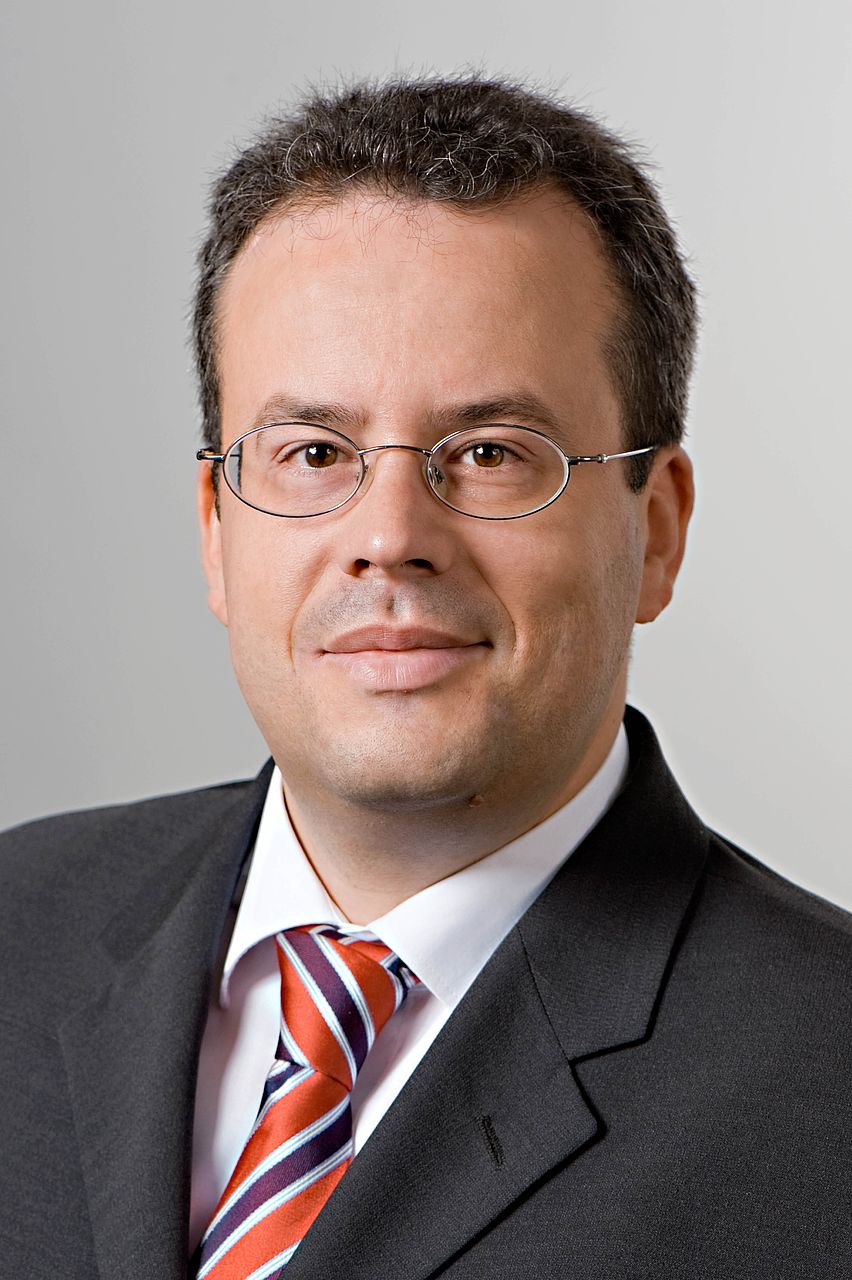
Time & Date 09.01.2020
5-7 ct
Room 47.0.501 (Teaching block WWP)
Universität West
Albert-Einstein-Allee 47
89081 Ulm
Links:
Cognitive Systems and Human-Computer Interaction
Cognitive Systems M.Sc.
Abstract. The Tactile Internet will enable users to physically explore remote environments and to make their skills available across distances. An important challenge in this context is the acquisition, compression, transmission, and display of haptic information. In this talk, I will present our recent work addressing the acquisition, representation and display of haptic object characteristics including the fundamentals and state-of-the-art in haptic codec design for the Tactile Internet. I will also briefly describe the status of the ongoing IEEE standardization activity P1918.1.1, which has the ambition to standardize the first set of codecs for kinesthetic and tactile information exchange across communication networks.
Bio. Eckehard Steinbach is a Professor for Media Technology at the Technical University of Munich (TUM). His research interests are in the area of visual-haptic information processing and communication, telepresence and teleoperation, surface haptics, Tactile Internet, and networked and interactive multimedia systems. He studied Electrical Engineering at the University of Karlsruhe (Germany), the University of Essex (Great-Britain), and ESIEE in Paris. From 1994 - 2000 he was a member of the research staff of the Image Communication Group at the University of Erlangen-Nuremberg (Germany), where he received the Engineering Doctorate in 1999. From February 2000 to December 2001 he was a Postdoctoral Fellow with the Information Systems Laboratory of Stanford University. In February 2002 he joined the Department of Electrical Engineering and Information Technology of TUM. Dr. Steinbach is an Associate Editor of the IEEE Transactions on Haptics. He serves as the chair of the IEEE standardization activity P1918.1.1 a.k.a. Haptic Codecs for the Tactile Internet. Dr. Steinbach is the recipient of the 2011 “Research Award” of the Alcatel-Lucent Foundation. He was elected Fellow of the IEEE in 2015 for his contributions to visual and haptic communications.

Time & Date 09.01.2020
5-7 ct
Room 47.0.501 (Teaching block WWP)
Universität West
Albert-Einstein-Allee 47
89081 Ulm
Links:
Cognitive Systems and Human-Computer Interaction
Cognitive Systems M.Sc.